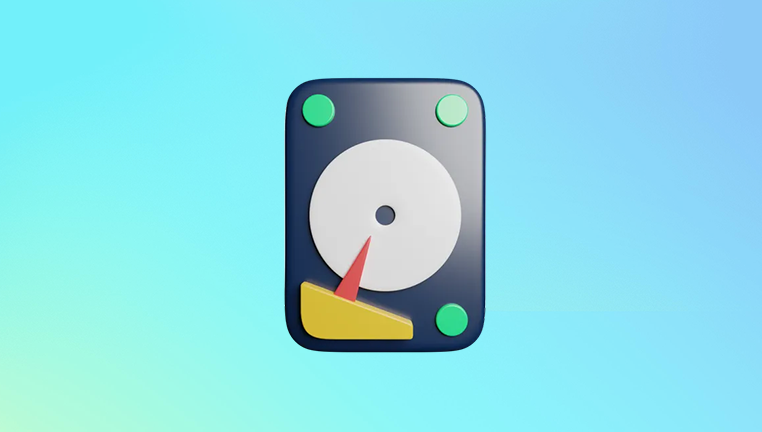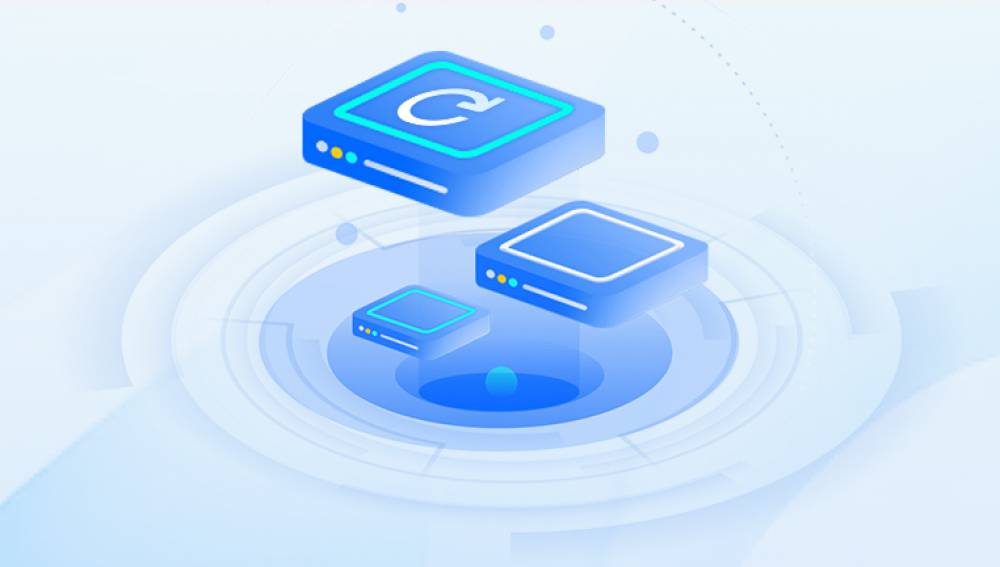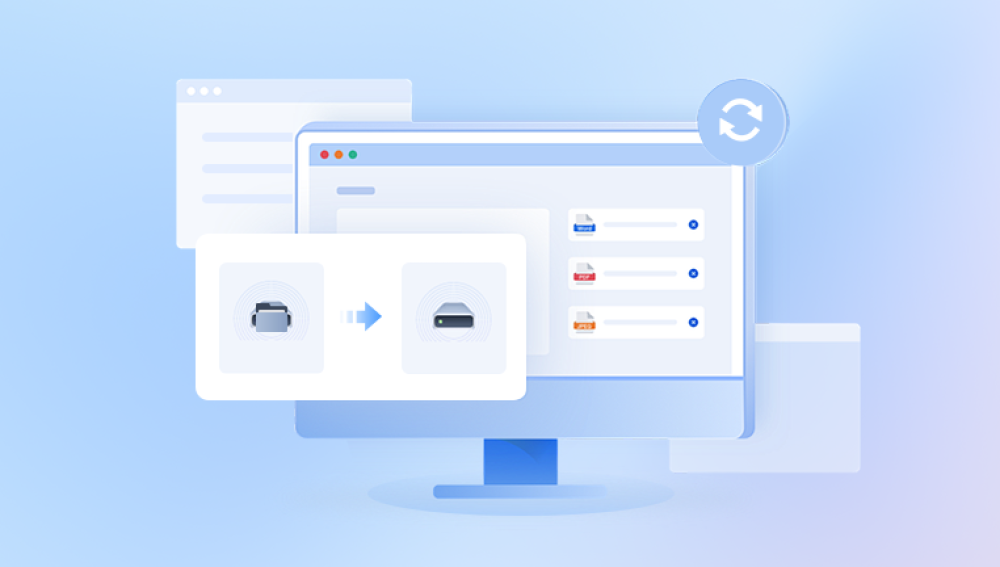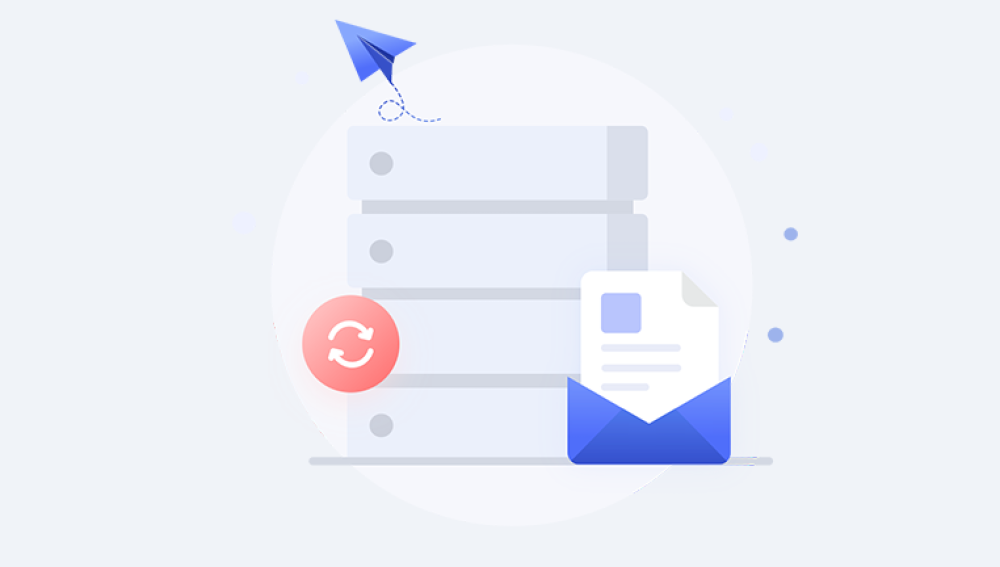Seagate is a leading brand in external storage, known for reliability, performance, and capacity. Its Backup Plus, Expansion, and One Touch drives are popular choices among consumers and professionals alike. But even the most dependable devices aren’t immune to failure or user error. When disaster strikes, knowing how to perform effective Seagate external hard drive data recovery can make all the difference.
Seagate external hard drives are plug-and-play USB storage devices that connect to computers and mobile systems to store files outside the main system storage. They are commonly used for:
Backups
Media libraries
Project storage
File transfers between computers
Archive purposes
These drives typically use USB 3.0 or USB-C connections and range in size from 500GB to over 20TB. Seagate’s popular product lines include:

Seagate Backup Plus Slim/Ultra Touch/Hub
Seagate Expansion Portable/Desktop
Seagate One Touch SSD/HDD
Seagate Game Drives for Xbox and PlayStation
Despite their dependability, these external drives can experience problems that make data inaccessible or result in data loss.
Common Causes of Data Loss on Seagate External Hard Drives
Understanding the root cause of data loss helps you determine the most appropriate recovery method. Here are the most common issues:
1. Accidental Deletion
Files can be deleted mistakenly, bypassing the Recycle Bin. Since external drives are not system drives, deleted files often don’t get moved to the Recycle Bin at all—they're just gone.
2. Formatting Mistakes
Sometimes, users accidentally format the external drive when intending to perform another task, wiping the file system and all contents in the process.
3. File System Corruption
Improper ejection, sudden power loss, or malware can corrupt the file system, making the drive unreadable.
4. Mechanical or Hardware Failure
These drives may suffer from wear and tear, shock damage, water exposure, or overheating, all of which can result in mechanical failure.
5. Bad Sectors
Over time, platters can degrade and develop bad sectors. If key file structures reside in these areas, data can become inaccessible or corrupted.
6. Driver or Firmware Problems
Outdated or corrupted firmware can make the drive invisible to your operating system. This is more common with older Seagate drives or during OS updates.
7. Virus or Malware
Infected external drives may have data erased, encrypted (in ransomware attacks), or hidden through malicious code.
Is It Possible to Recover Data from a Seagate External Hard Drive?
Yes. In the vast majority of logical failures (like accidental deletion or formatting), data recovery is very much possible using recovery software. Even in cases of partition loss or file system corruption, powerful tools can reconstruct the file architecture and retrieve files.
However, if the issue is physical—such as clicking sounds, dead platters, or a broken USB port—professional recovery services may be required. These situations often involve internal damage that software alone can’t fix.
Acting quickly improves your chances. Once files are deleted or a drive is formatted, the data isn't immediately removed but marked as overwriteable. Using the drive again risks overwriting that data permanently.
Signs Your Seagate External Hard Drive Has Issues
Here are warning signs that indicate something is wrong:
Drive doesn’t show up in File Explorer or Finder
Drive light is on, but it’s not accessible
You receive errors like “You need to format the disk before you can use it”
Slow file transfers or frequent disconnects
Clicking, buzzing, or grinding noises
Files disappearing or becoming corrupted
Constant freezing when accessing the drive
Knowing these signs helps you choose the correct recovery method without worsening the situation.
Initial Safety Steps
Before attempting recovery, take the following precautions:
Stop Using the Drive
Continued use could overwrite recoverable files. Remove it immediately from your computer.
Check the Cable and Port
A faulty USB cable or port can cause the drive to appear dead. Swap them out first.
Connect to Another Computer
If your computer can’t detect the drive, try a different system.
Don’t Format or Initialize the Drive
If Windows or macOS prompts you to format the drive, cancel the operation.
Listen for Noises
Clicking or ticking may mean mechanical failure. Stop trying to access the drive and consult a professional.
Method 1: Use Drecov Data Recovery
Drecov Data Recovery is a highly efficient tool designed to help non-technical users retrieve lost data from external drives like those from Seagate.
Key Features:
Supports all file systems (NTFS, exFAT, FAT32. HFS+, etc.)
Works on Windows and macOS
Can recover deleted, lost, or formatted files
Easy-to-use interface with a preview option
Steps:
Download Drecov Data Recovery
Install it on a separate drive—not the Seagate drive you’re recovering.
Connect the Seagate Drive
Make sure it is recognized by the software. Even if it's not appearing in File Explorer, Panda might still detect it.
Choose the Drive to Scan
Select your Seagate external hard drive from the list of available devices.
Scan for Lost Files
Choose “Quick Scan” for recently deleted files or “Deep Scan” for formatted drives or long-lost data.
Preview and Recover
Review the recoverable files and select those you want to restore. Save them to a different storage device to avoid overwriting.
Drecov Data Recovery is powerful yet straightforward, making it ideal for users who want effective results with minimal effort.
Method 2: Use Built-In Operating System Tools
Windows: File History or Previous Versions
If you had File History enabled:
Right-click the folder that contained the lost file.
Choose Restore previous versions.
Browse the list and restore the version that includes the missing file.
Mac: Time Machine
If Time Machine was enabled:
Open Time Machine from your menu bar.
Navigate to the folder or file location.
Scroll back in time to find your data.
Click “Restore.”
Method 3: Use Seagate’s Official Recovery Services
Seagate offers a Rescue Data Recovery Service, which may be included with the purchase of your external drive or available as an add-on.
How It Works:
Go to Seagate’s Rescue Services site.
Submit a service request.
Send your drive in for diagnosis.
Receive a file list and quote.
Seagate sends your recovered data on a new drive.
This option is ideal for severe issues like mechanical failure, corrupted firmware, or drives that aren’t detected at all.
Method 4: Try Linux for Access
Linux often reads drives that Windows or macOS cannot access.
Steps:
Create a bootable USB stick with a Linux distro (e.g., Ubuntu).
Boot your computer from the USB.
Open the file browser and check if the Seagate drive is mounted.
If it appears, copy the files to another connected storage device.
This approach works well when drives are readable but not properly recognized in standard operating systems.
If:
Your Seagate external hard drive is making noises (clicking, grinding)
It’s not recognized at all in Disk Management or Device Manager
You see “0 bytes used/free”
Recovery software fails repeatedly
Then you should stop DIY attempts and contact a professional data recovery service.
Reputable Labs Include:
DriveSavers
Ontrack
Secure Data Recovery
Gillware
CBL Data Recovery
These labs use Class 100 cleanrooms to open and repair drives safely. Though the service can be expensive, it’s the best route for irreplaceable data.
Avoid These Common Mistakes
Running Disk Utilities Blindly: Tools like CHKDSK or First Aid may cause further corruption.
Saving Recovered Data to the Same Drive: This can overwrite remaining recoverable files.
Formatting or Initializing the Drive: Even a quick format can complicate recovery.
Opening the Drive Yourself: This destroys your chances of professional recovery and voids warranties.
How to Prevent Data Loss in the Future
Recovering data is stressful, and it’s always better to prevent loss in the first place. Here’s how:
1. Regular Backups
Use backup software or cloud storage to protect your files regularly. Windows File History, macOS Time Machine, or third-party apps like Acronis can automate backups.
2. Safely Eject Drives
Always eject your Seagate drive before unplugging it. Removing it while files are still being written can cause corruption.
3. Use Surge Protectors
Power fluctuations can damage your drive’s circuitry. Using a surge protector or UPS helps shield against power loss.
4. Keep Drives Cool and Dry
Avoid exposing the drive to extreme temperatures or moisture. Use anti-shock cases for portability.
5. Monitor Drive Health
Use tools like CrystalDiskInfo, SeaTools, or Hard Disk Sentinel to monitor drive performance and detect early signs of failure.
5. Update Firmware and Drivers
Ensure your Seagate external drive’s firmware is up to date. Seagate often releases updates that improve performance and fix bugs.
Seagate external hard drives are trusted tools for storing everything from personal memories to business-critical files. But data loss can occur for a range of reasons from human error to hardware failure. The good news is that in most cases, recovery is possible with the right tools and approach.
Drecov Data Recovery offers a simple yet powerful method for recovering files from deleted, formatted, or corrupted Seagate drives. For more complex issues, Linux access tricks and professional recovery services can help. Understanding the causes of data loss, acting quickly, and using appropriate tools dramatically increase the chances of successful recovery.




